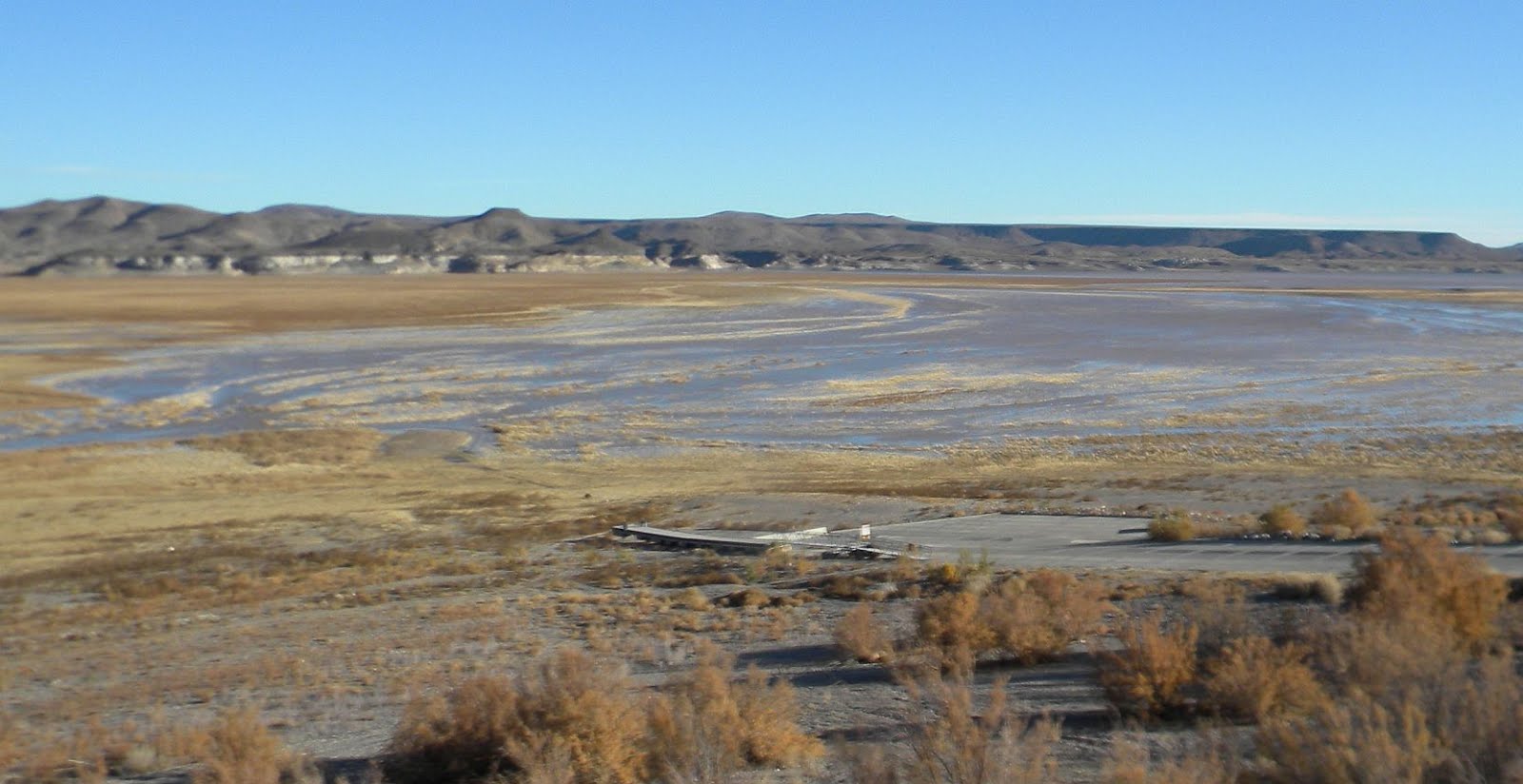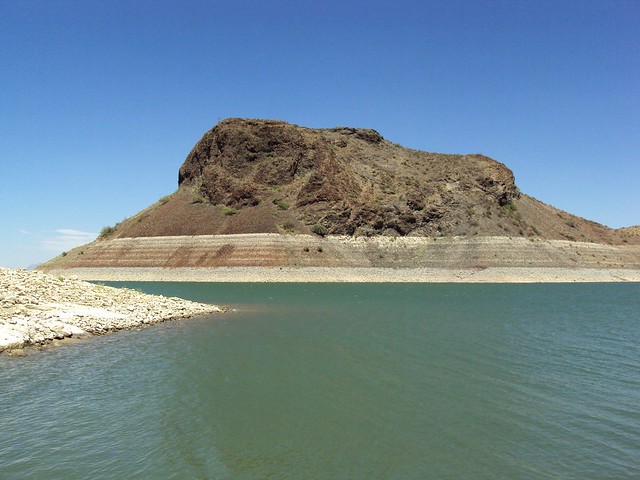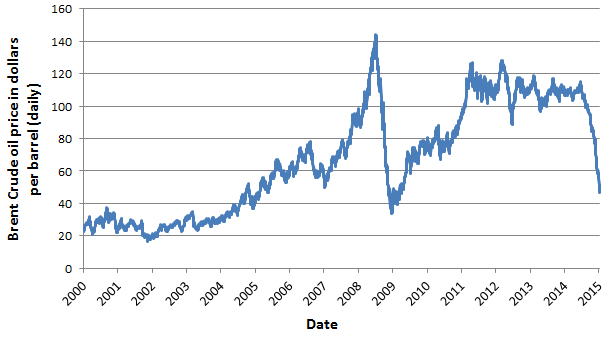https://www.esrl.noaa.gov/gmd/aggi/aggi.html
- CO2 is in the atmoshere at levels higher than any time in history.
- It is a scientific fact that CO2, Methane, and other green house gasses trap thermal radiation.
Forget everything you have ever heard about global warming and the politics of it and consider these questions.
1. Do you accept that there is a finite amount of green house gasses (GHG) that can be put into an atmosphere before something adverse happens?
2. We are currently above 400 ppm in CO2. How high can we go before we experience profound changes? 500 ppm, 800 ppm, 10,000 ppm, 100,000 ppm? (that would be 10% of the atmoshere. We would die at that point. Oxygen is around 21%)
3. If you haven't ever considered #2, do you believe that since we have excellent labatory data on how much thermal radiation GHG can trap, and we can measure the thermal radiation lost to space, that we can calculate the expected trapped thermal radiation when CO2 increases to 300 ppm to 400 ppm?
4. GSG's are not the only factor in warming and cooling. As an example aresols and particles can reduce the amount of radiation from the sun by reflecting it back before traveling through the atmoshere.
A. Do you believe other factors eliminate GSG ability to trap heat? No, it can always trap heat, but you can change the amount of thermal radiation thus reduce or increase likelyhood of an interaction with a GSG particle.
B. Are you willing to not address GHG's because you feel with other factors are reducing the thermal radiation that could be trapped with increased GHG's?
C. Do you believe warming and cooling is too complex for humans to impact, alter, and address?
I propose all we need to consider before taking action to limit GSG is #2. There is obviously a finite amount of CO2 that we can put in the atmoshere before we experience large scale change. Other factors may play a role in warming and cooling, but it is scientific fact that a higher percentage of thermal energy radiating towards space will be captured as the number of GSG particles increase in the atmosphere.
Sent from my SM-N920T using Tapatalk





